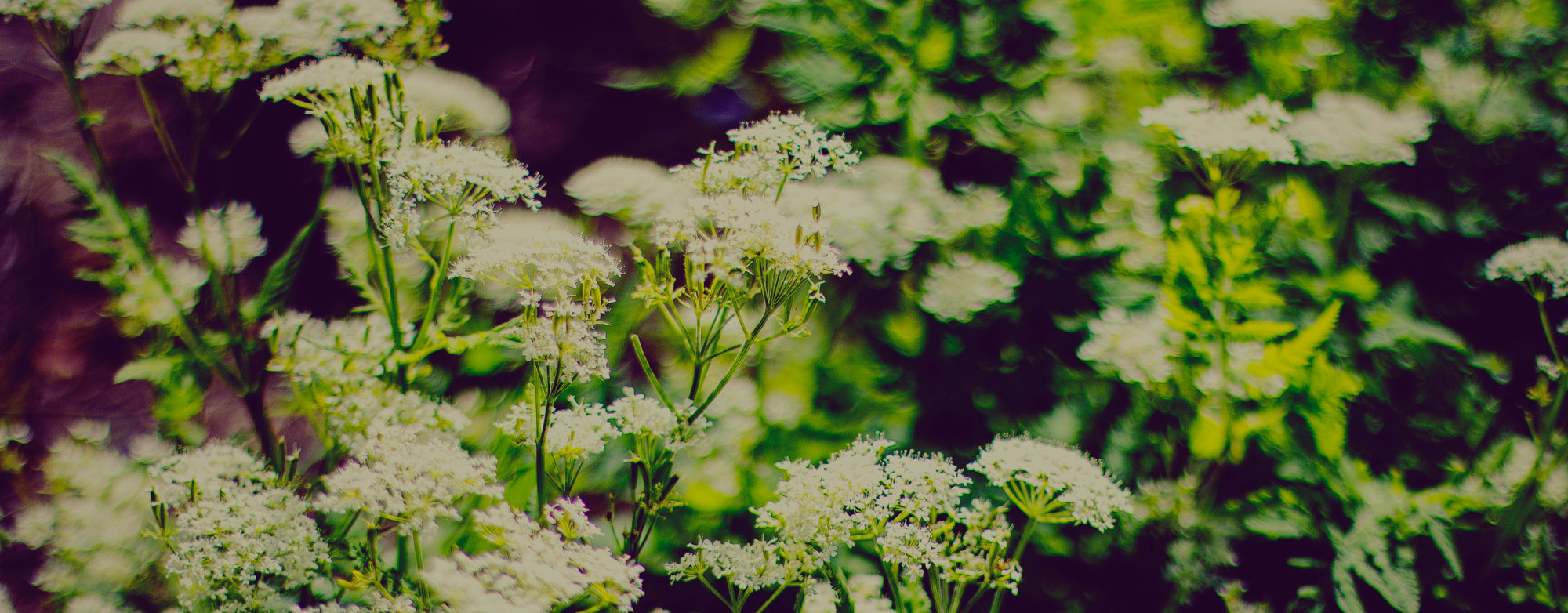
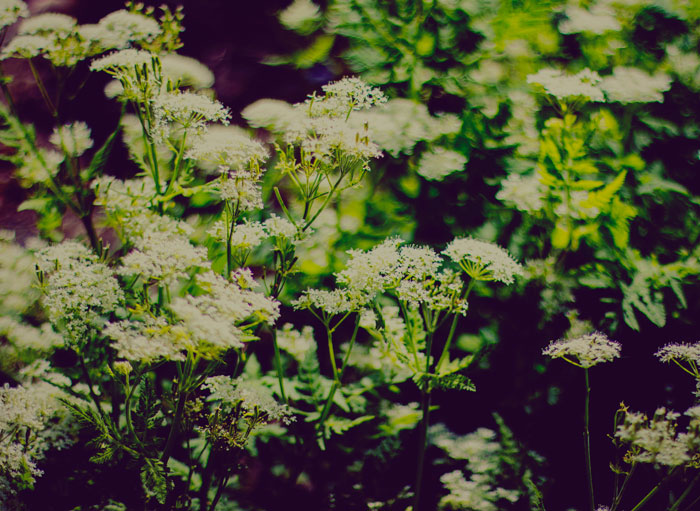


They come in all shapes, sizes, flavours. They can be found in almost every corner of the world. Some have been used for thousands of years to cure ailments. Some were even key to ancient civilisations and used in elaborate ceremonies. Without them gin wouldn’t be gin. We are of course speaking about botanicals. Without Juniper would gin be gin? No. Thanks to Mother Nature the range of botanicals available and opportunity to innovate are almost endless when you consider potential flavour combinations. We wanted to learn a bit more about some of the key botanicals (yes Juniper should be first on the list!) that Scottish Gin makers and brands consider to be one if not ‘the’ botanical that they feel makes their Scottish Gin shine. In this latest episode of Beautiful Botanicals, we talk Black Gold Juniper with Loch Ness Spirits, Blackberries with The Garden Shed Drinks Company, Bilberries with Lenzie Gin, Elderflower with King’s Hill Gin and Cowberries with Eight Lands Gin.
Black Gold Juniper, Loch Ness Highland Gin
Gin is juniper. Without it, the spirit we know as gin is little more than botanical vodka therefore juniper is what makes gin ‘gin’. By law and by taste, juniper should be the predominant taste in gin. It’s where gin gets its name, derived from the Dutch word for juniper, jenever. Contrary to popular belief, juniper isn’t actually a berry but a seed. Juniper comes from an evergreen perennial coniferous shrub or small tree, depending on the species. It can be found as far north as the Artic circle and as far south as tropical parts of Africa, from Asia to South America, the tree has flourished.
It can take anywhere between an estimated 4 – 9 years for a plant to produce berries and even then it can take between 2 – 3 years after pollination before a plant will produce berries. With juniper, it really is a waiting game. The fact that only female plants produce berries that need pollination by air from a nearby male plants, it’s easy to understand why the growth of juniper is a numbers game. Juniper plants can be planted and cultivated only to discover 7 years later that there’s not a single female plant but all males, which means no female plants to produce juniper berries.
Unfortunately over the last two centuries, native juniper in the UK has been on the decline. Partly due to a highly infectious disease known as Phytophthora austrocedrae, a pathogen that attacks juniper plants. Other factors include the burning of heathland, loss of habitat to make way for arable land, small fragmented populations of juniper plants and more. It’s safe to say juniper, which was once considered a plant of very little juniper populations are scarce.
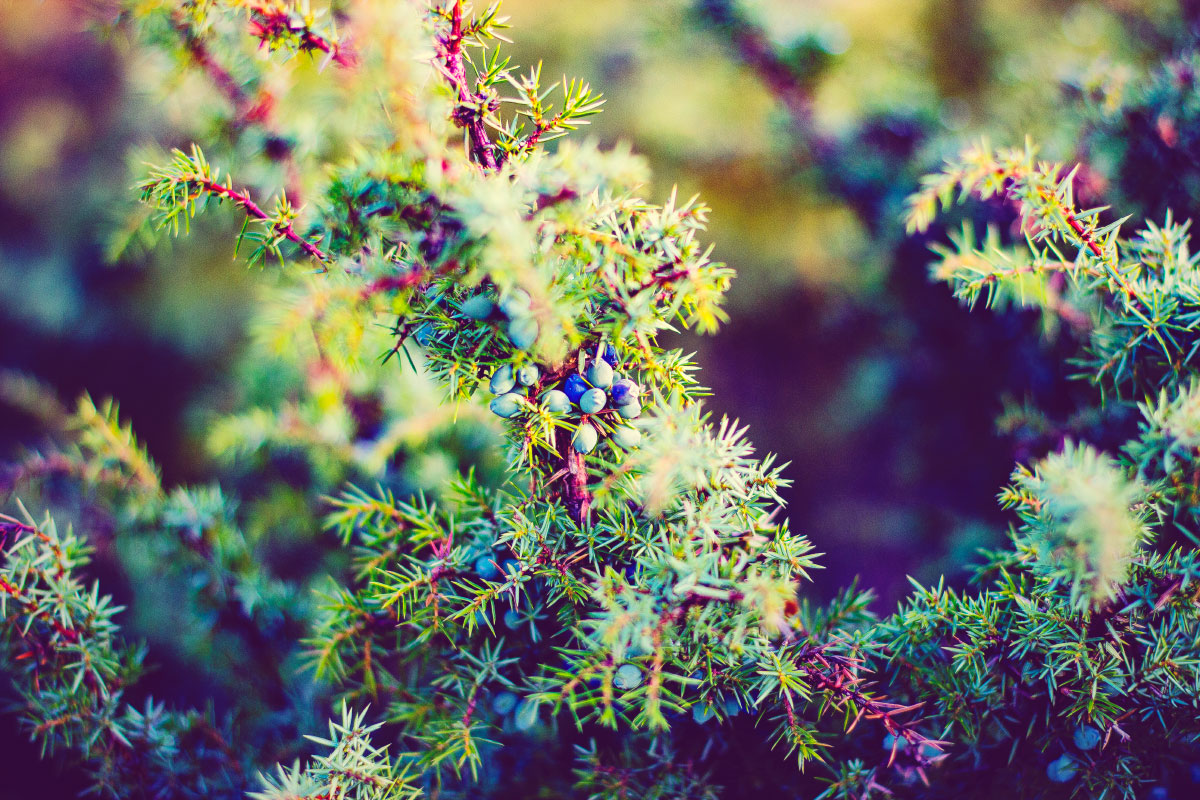
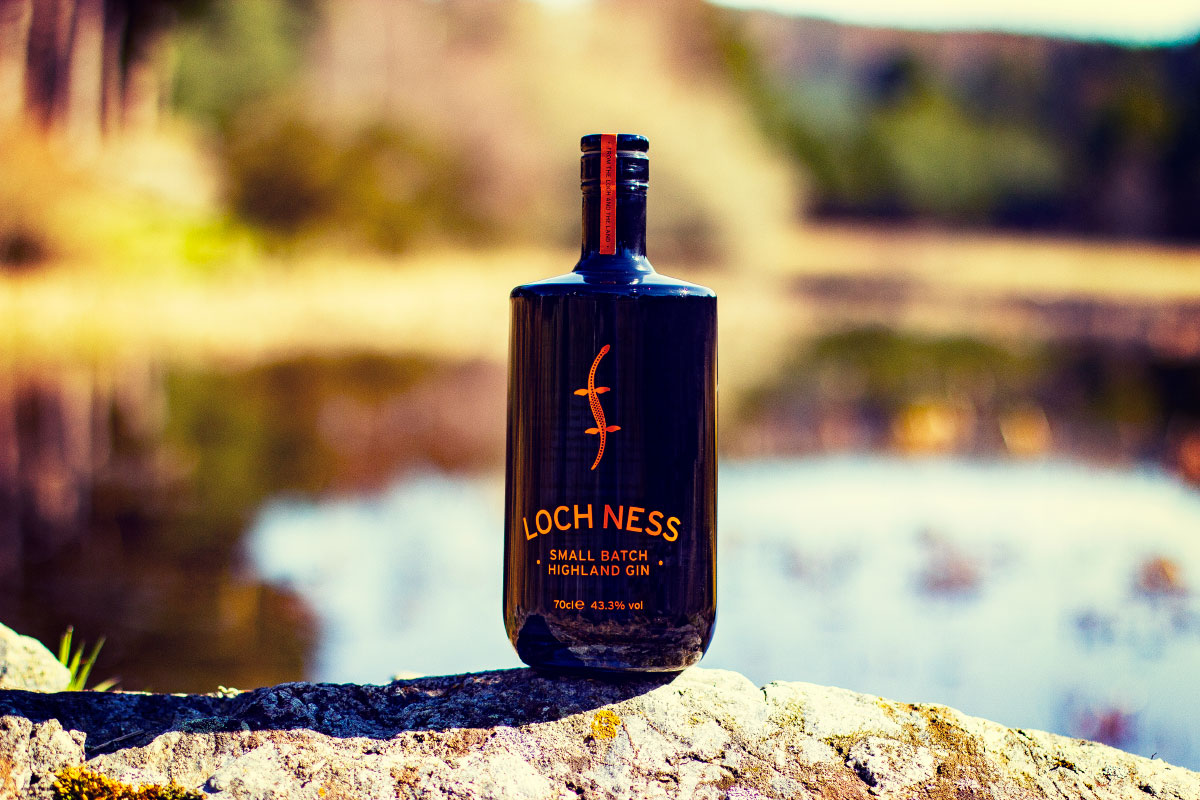
“For us, it is key that our gin is connected to the loch and the land. Our family has worked on the banks of Loch Ness for over 500 years and given that juniper is one of the three native conifers in Scotland, we can assume that the juniper has been here all that time. We know that juniper has been associated with distilling for centuries, but not in the way you might imagine. Juniper was prized by illicit distillers in the Highlands for its smokeless wood. This made it easier to hide from the authorities! We would never imagine burning our precious commodity now. Using only juniper from Loch Ness in our gin makes it completely unique and ties it to our geography, history and botany. This means that not only do people get a world-class gin, they also get a little piece of one of the most iconic places in the world, every time the bottle is opened.”
Lorien Cameron-Ross, Loch Ness Spirits
You can learn more about Loch Ness Spirits here.
Blackberries, Garden Shed Gin
Sometimes called brambles, blackberries are a sweet, purple coloured berry that are commonly found growing in countryside hedgerows. The small fruits consist of between 20 – 50 seeds and contain a number of beneficial nutrients including calcium and magnesium. They are also a rich source of Vitamins A, C, E and B.
Blackberries have been used in a number of elixirs over the centuries, including wine and other spirits. The Greeks used the berries to cure a number of ailments whilst the Romans used the leaves to create herbal teas.
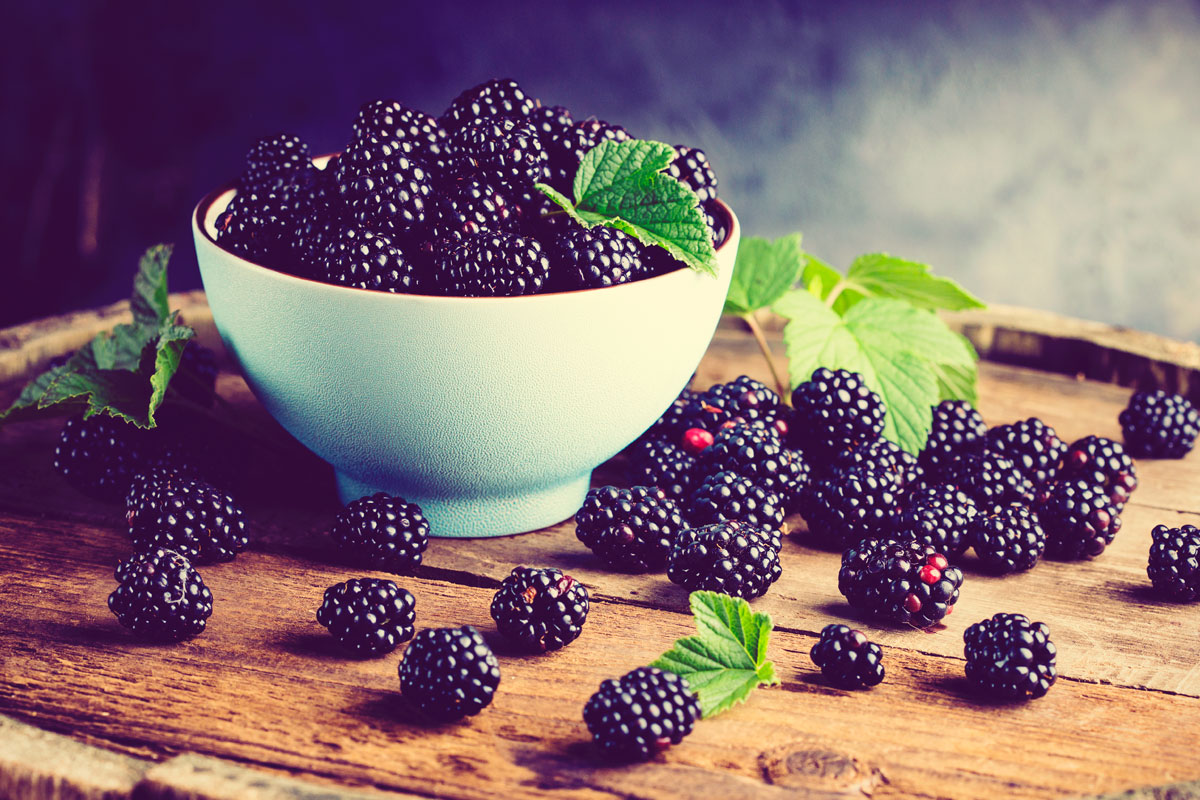
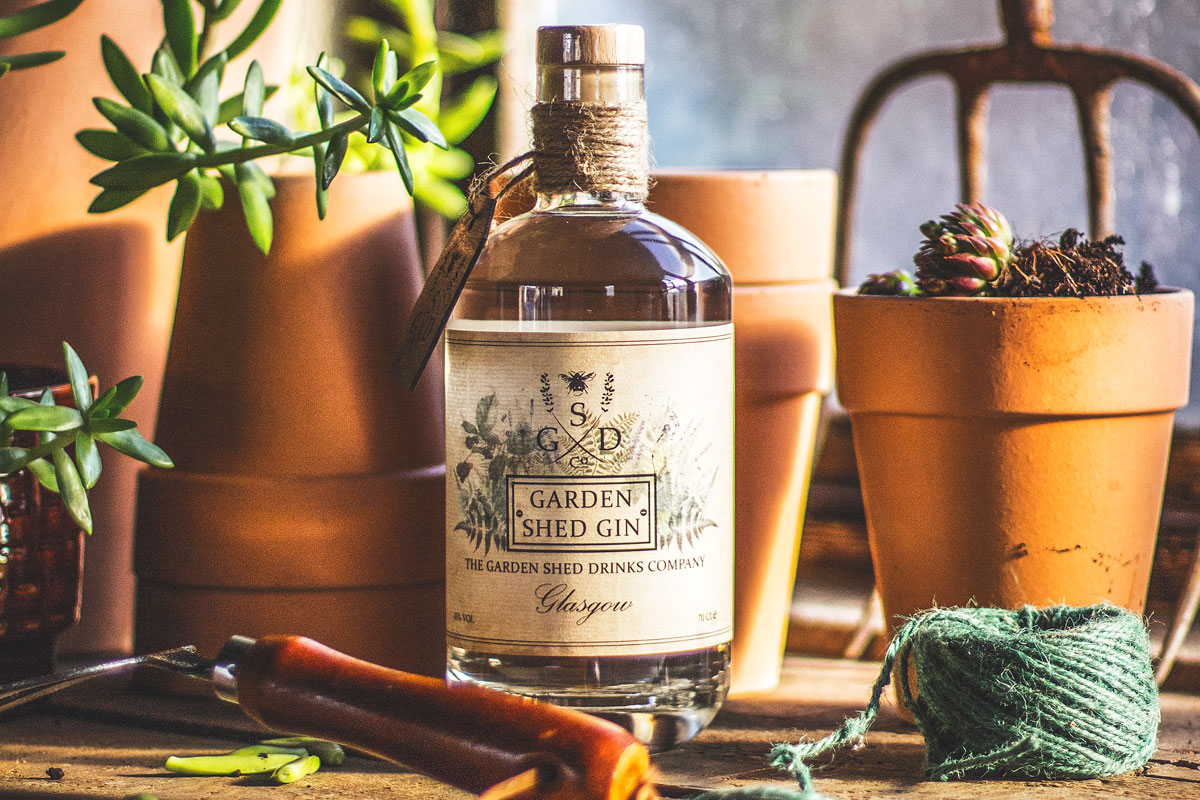
“Our delightfully smooth Garden Shed Gin recipe was inspired by botanicals we could find in our own back garden. Blackberries, which grew over our fence from the lane, were one of the first ingredients that came to mind. Along with lavender and dandelion root, blackberries quickly formed the backbone of our recipe. Our aim was to make a gin that tasted like the garden with fresh delicate florals accompanied by earthy hedgerow undertones and we believe we have accomplished just that. Using fresh blackberries rather than dried blackberries in our distillation also seems to add a natural sweetness to our gin. Blackberries also work well as our recommended garnish along with a sprig of rosemary, which compliments the gin nicely.”
Maxine Grant, The Garden Shed Drinks Company
You can learn more about The Garden Shed Drinks Company here.
Bilberries, Lenzie Gin
Native to Europe, bilberries are small dark blue berries produced by a species of shrub with pinkish flowers. The berries tend to grow in pairs rather than bunches. Sometimes referred to as the European blueberry, or in Scots as blaeberry, the name bilberry is said to be of Scandinavian origin.
Bilberries, like other fruits that can be foraged, have been used in spirit production and for medicinal purposes. In Romania, they are used in the liqueur Afinată and the same in France, where the berries are fermented to create a liqueur. The Greeks believed in the therapeutic properties and used bilberries in both food and drink. In the middle-ages they were often used thanks to their antibacterial and antidiarrheal properties.
It was rumoured in WW2 that RAF pilots would eat a handful of bilberries before flying sorties, in the belief that the berries could help improve eyesight at night, even though there’s no evidence that the berries improve eyesight. The pilots knew anything that might help them and their squadron get home safe was worth trying.
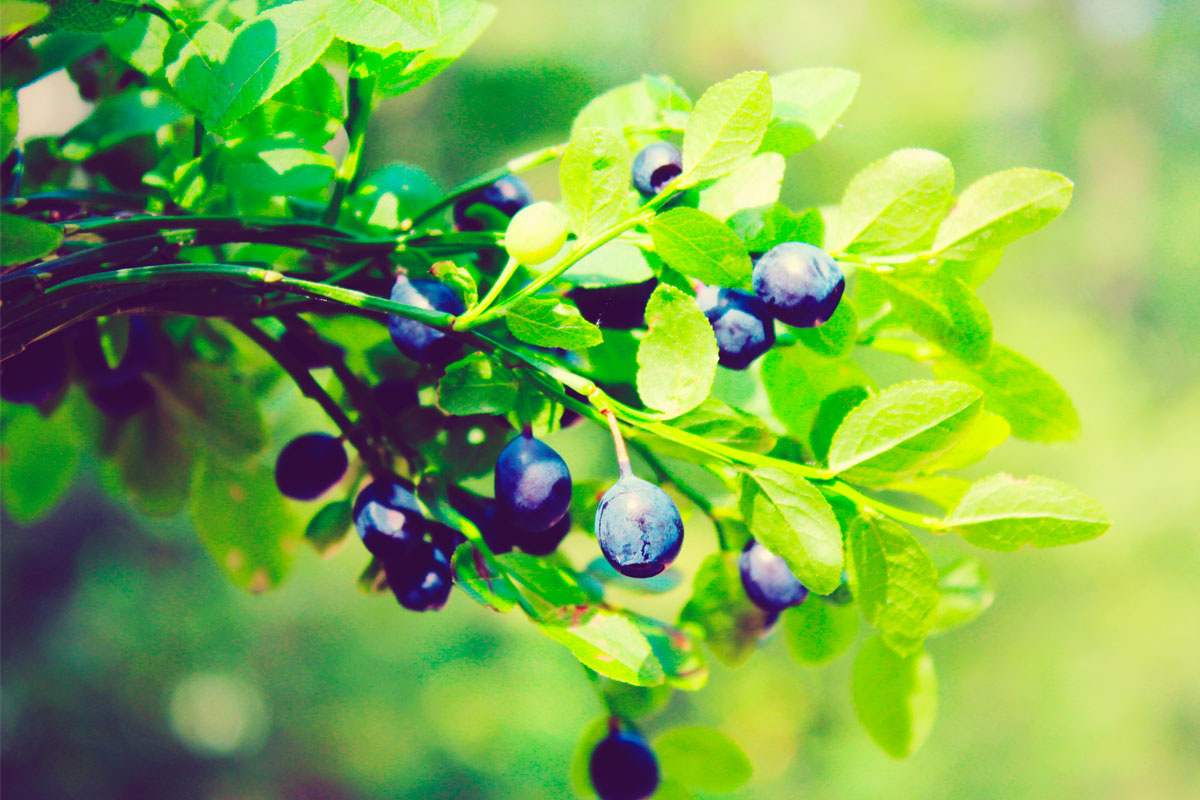
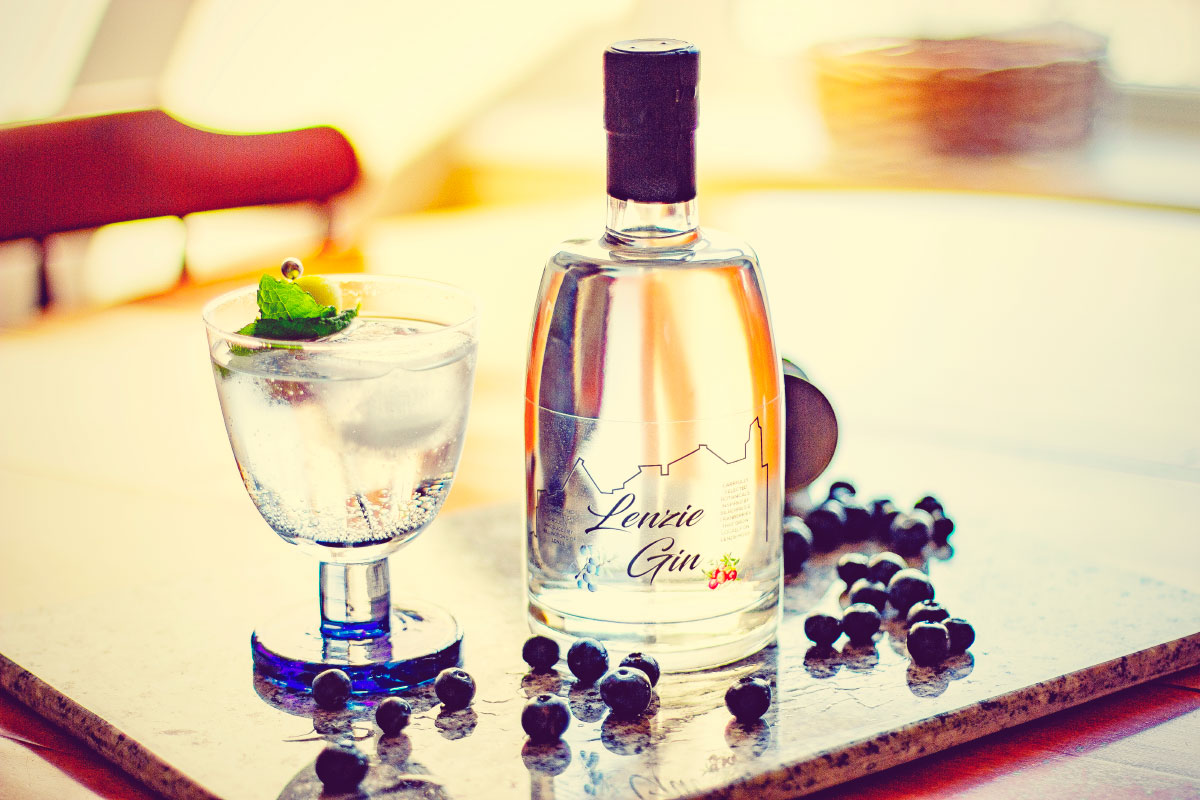
“We wanted to develop a Gin that connected with Lenzie. After exploring the area and with guidance from ‘The Friends of Lenzie Moss’, it was discovered that wild cranberry and bilberry both grow locally on the popular nature reserve in Lenzie. Development was then underway to incorporate these two berries in the distillation. Bilberry is a deciduous shrub of low to medium height, which has light green oval leaves. It forms a dense carpet on woodland floors and heath banks. In spring they produce small compact pink bell-shaped flowers, which may be solitary or in pairs. In the mid summer they produce an edible purple-bloomed black berry, with red juice. Bilberry alone we found quite sour but when we introduced the cranberry, we found this was a winning pairing.”
Mark Billington, Lenzie Gin
You can learn more about Lenzie Gin here.
Elderflower, King’s Hill Gin
Native to Europe, North Africa and Western Asia, the elder is a species of flowering plant known for its highly scented flowers and bunches of berries. Sometimes called the elderberry plant, the use of these plants, as a food source, medicinal use and in spirits, can be traced as far back as ancient Egypt. The flowers, although small in size, grow together to form tightly packed, fragrant bunches, which were often used to create scented potions and oils.
The elder has a historical reputation tied to superstition and magic. It was said planting an Elder tree outside of your home could ward off witches and evil spirits as it was believed the elder tree was sacred. The leaves and flowers were often picked and tied above the main door of a house to prevent evil crossing over the threshold. Some people even wore these garnishes around their neck to ward off danger.
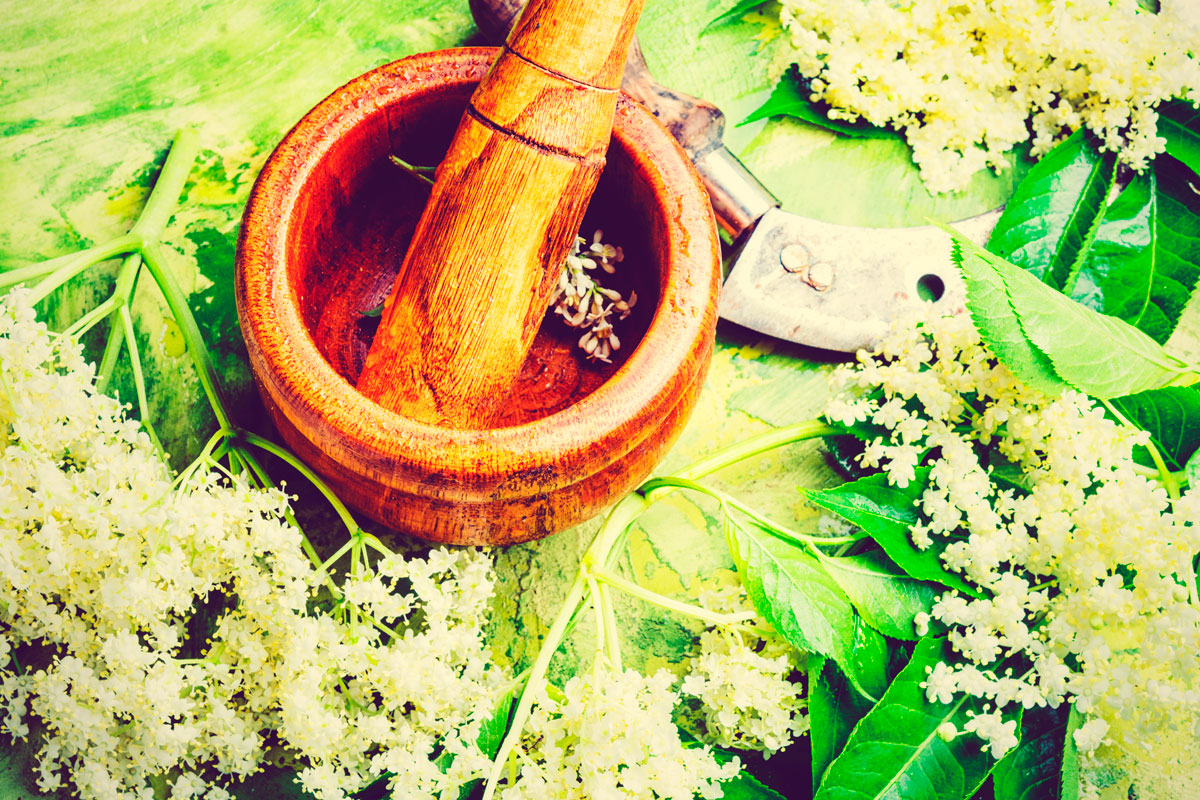
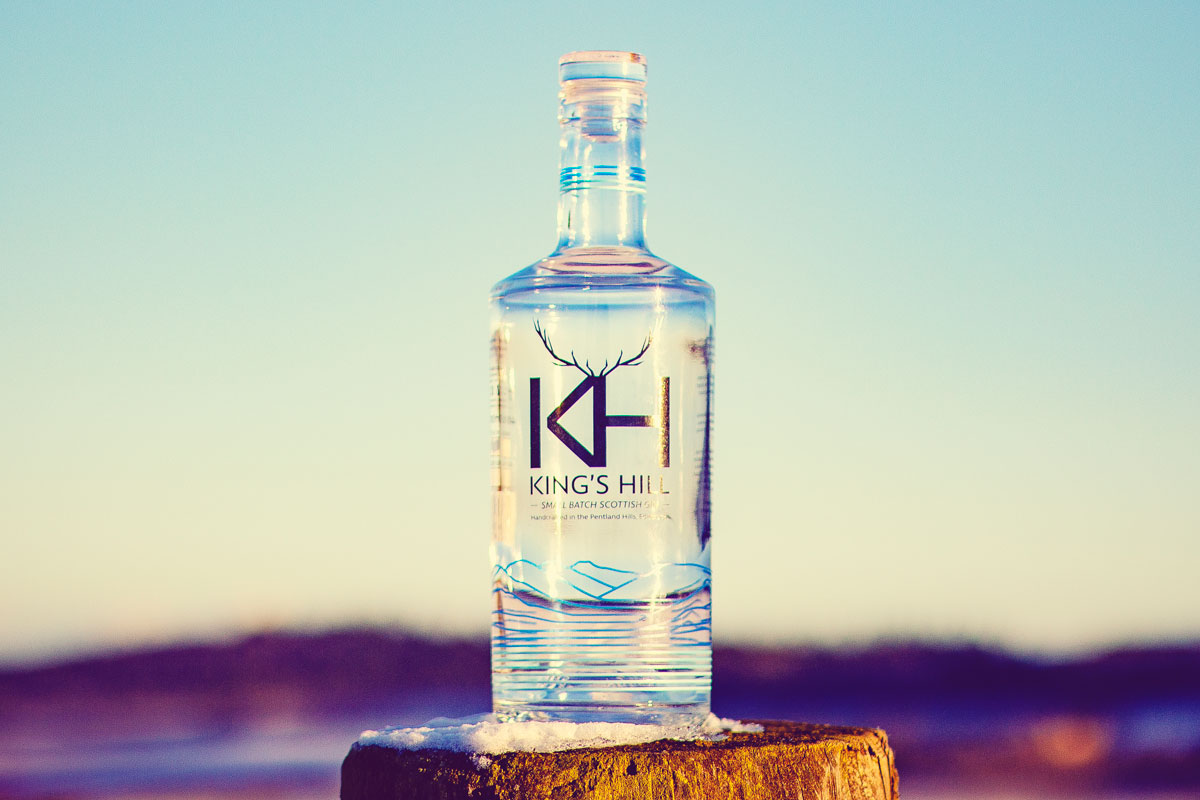
“The alluring sweet smell of elderflower has always been the epitome of spring for me. The frothy white blossoms flourish in the woods and hedgerows near my home. My first memory of capturing this wonderful smell in a bottle was helping my Dad create his signature elderflower champagne. I have known since the birth of King’s Hill Gin that the sacred elder would be a big part of it.
“We carefully vapour infuse our hand foraged elderflower to ensure the delicate flavour is not lost amongst the punchy juniper based concoction below. The Elderflower brings a soft freshness to the gin, as opposed to other flowers than can sometimes veer dangerously into more perfumed territory.
“We always pick responsibly, ensuring enough heads are left to turn into berries as they are a crucial late summer food source for birds, mammals and insects. The Elder tree is also considered sacred, country folk would believe if an elder was removed it would be replaced by a witch… another good reason to forage responsibly!”
Sandy Morrison, The Pentland Still
You can learn more about The Pentland Still here.
Cowberries, Eight Lands
Part of the heather family, the cowberry is a small shrub native to countries in the Northern Hemisphere, where it prefers cooler climates. The plant produces small, bright red berries that can be foraged and used in a variety of recipes including jams, pressed juices, pies and more.
Cowberries, often referred to as lingonberries, are rich in organic acids and vitamins A and C. Like other berries, the cowberry over the ages has been used to treat various ailments, including arthritis and diabetes. Tart and sour to taste raw, because of their special properties, the berries can be stored for months at room temperature. For people living in colder climates, like some Scandinavian countries and Canada and Alaska, the berries have proven a vital food source over the coldest winter months.
The indigenous people of British Columbia, Canada use the berries in a variety of dishes including jams, whilst the Eskimos of Alaska press the berries to create a juice, which is sweetened with sugar.
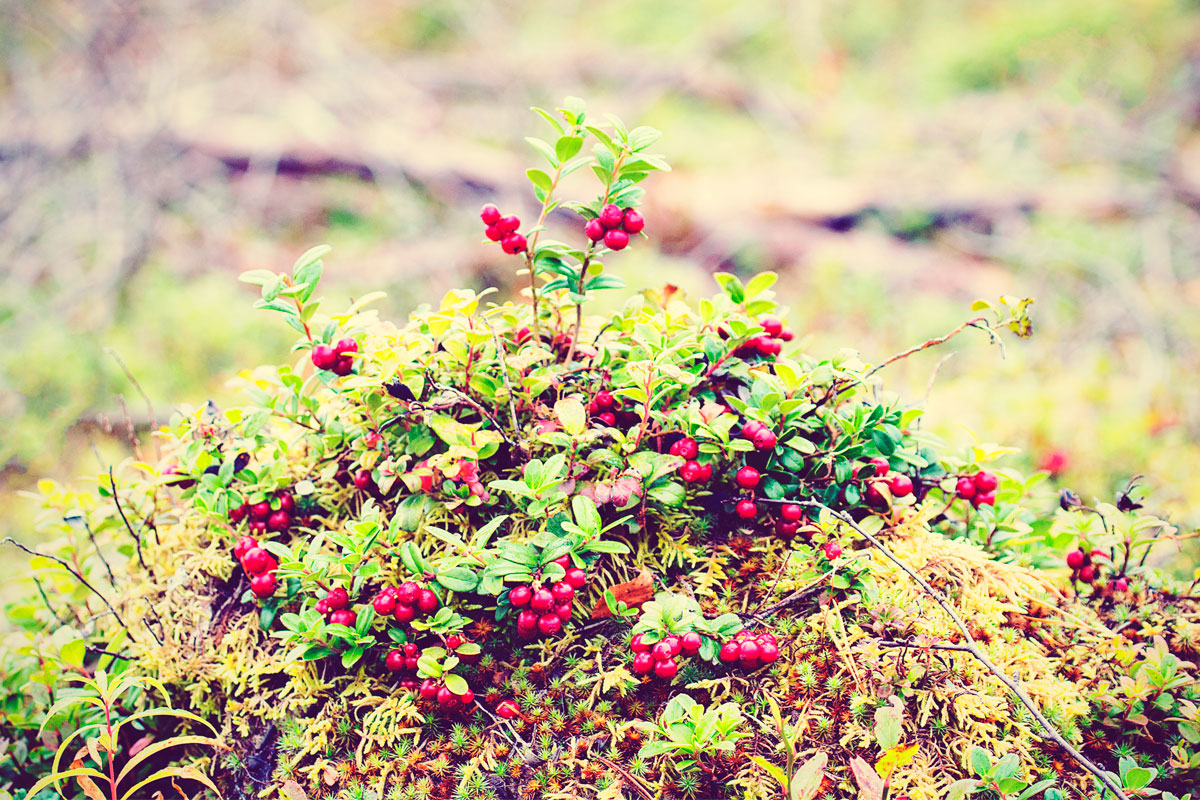
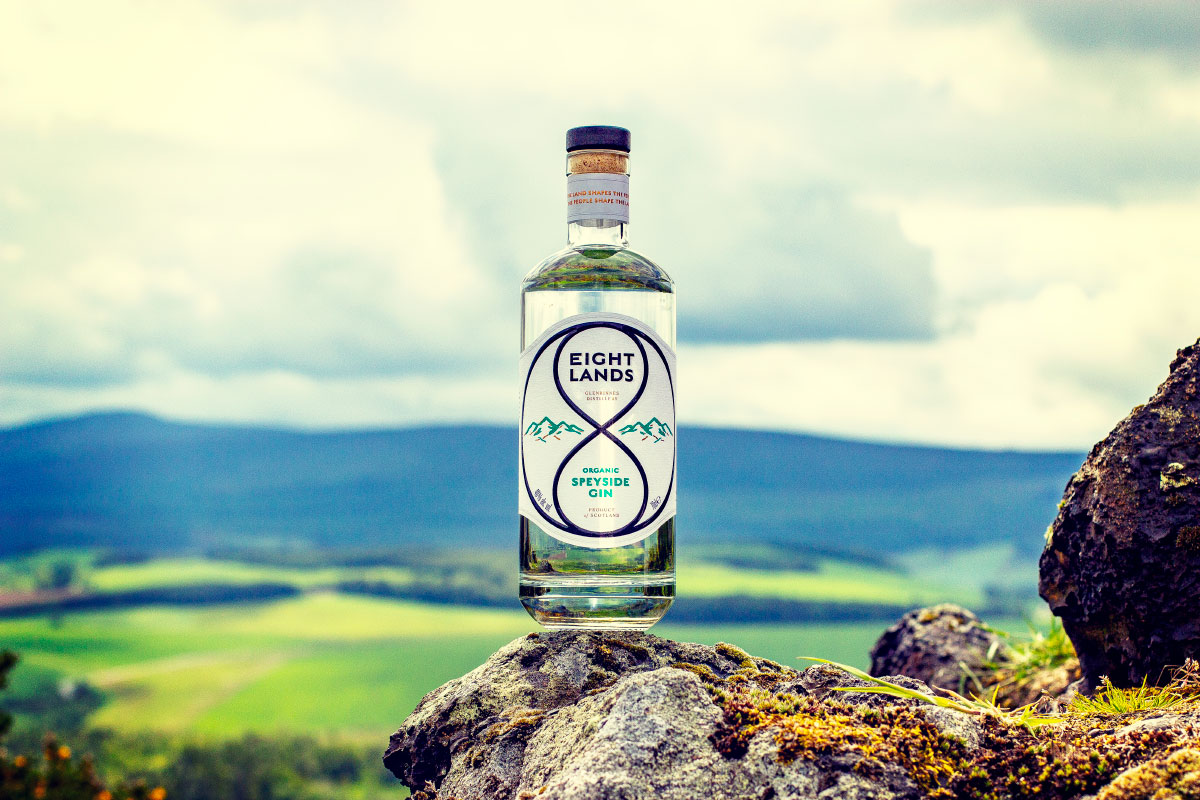
“Cowberries – also known as lingonberries – are small red berries that have a sour-sweet sharp taste, similar to cranberries but less tart. Thriving in cold, damp climates, they have historically been used to make jelly and only recently been explored as an interesting ingredient in gin production. They are just one of the botanicals used to make our Eight Lands Speyside Organic Gin.
“Foraged from the hills that surround Glenrinnes Distillery, cowberries have been used to complement the more traditional flavours of Eight Lands’ award-winning London Dry gin. The tartness helps to give an extra dimension to the spirit, brightening and enhancing the vibrancy of the citrus and warm spice of the juniper, resulting in a complex, exciting and bold gin.”
Meeghan Murdoch, Glenrinnes Distillery
You can learn more about Eight Lands here.
Read Beautiful Botanicals Part 1 here.
Read Beautiful Botanicals Part 2 here.
Read Beautiful Botanicals Part 3 here.
Read Beautiful Botanicals Part 4 here.
Read Beautiful Botanicals Part 5 here.
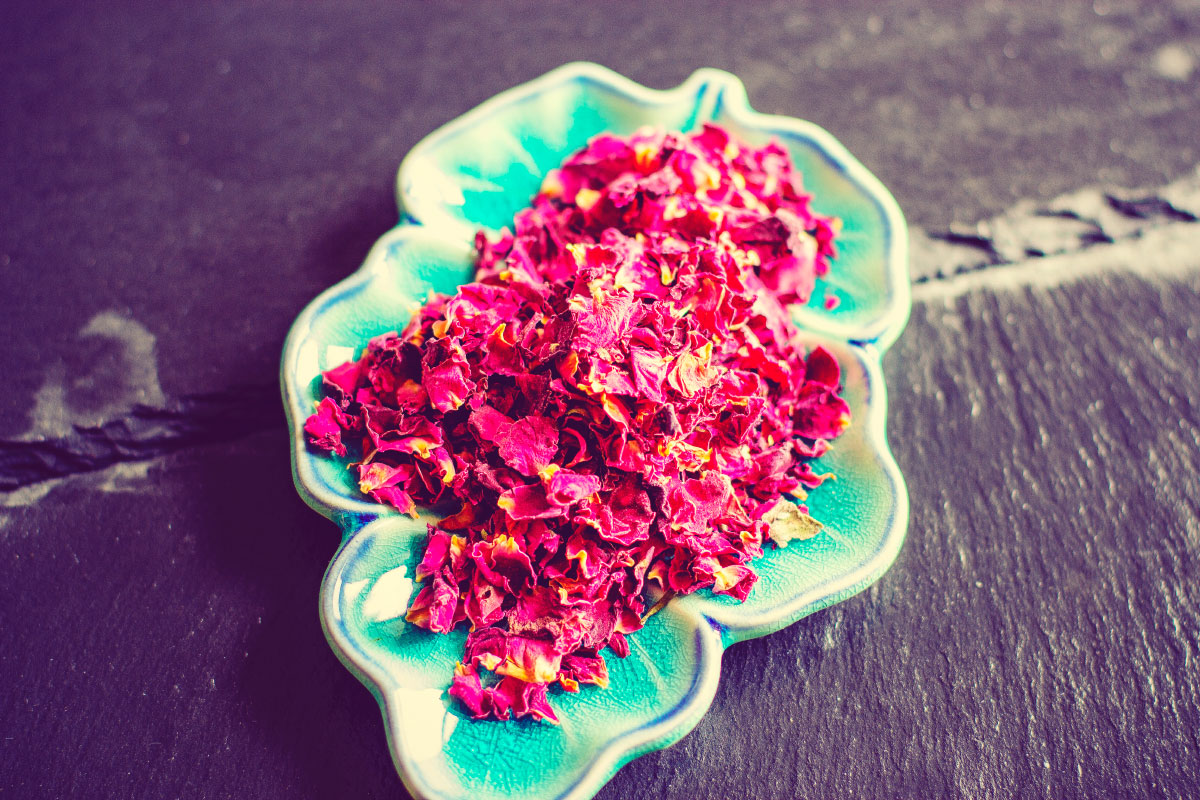
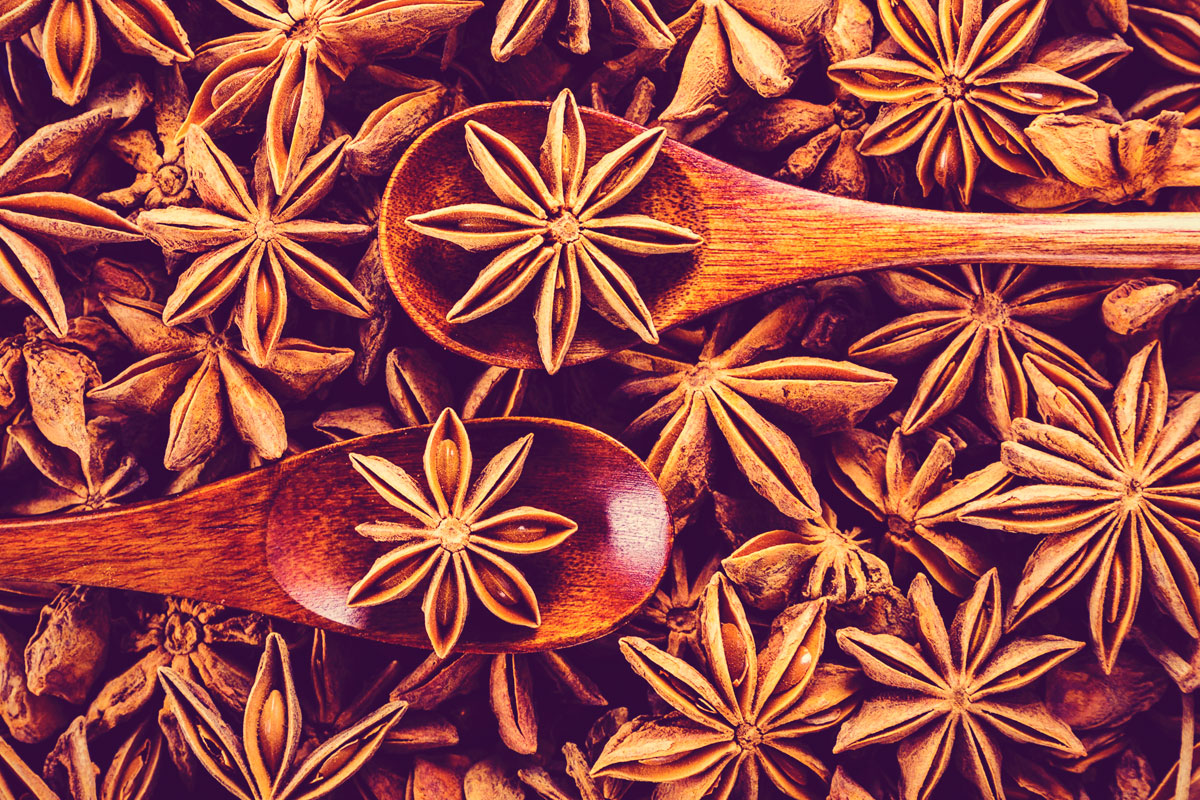
You can learn more about the many great Scottish Gins by visiting the links below.